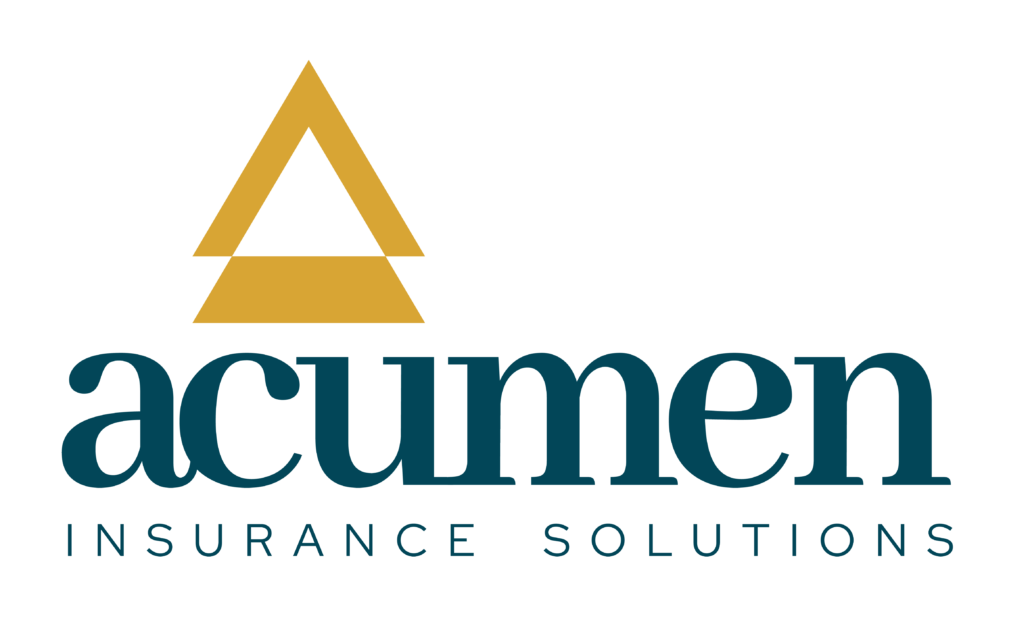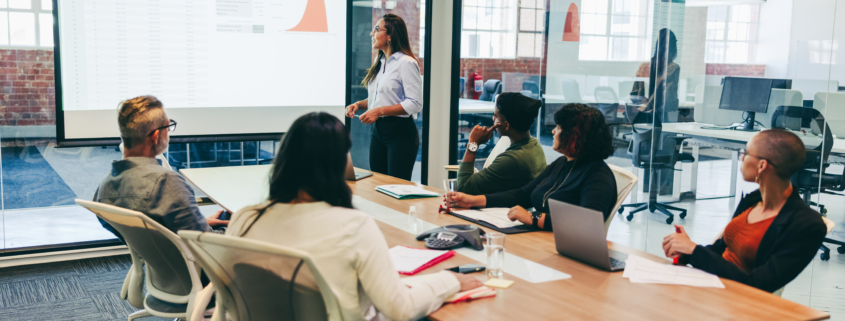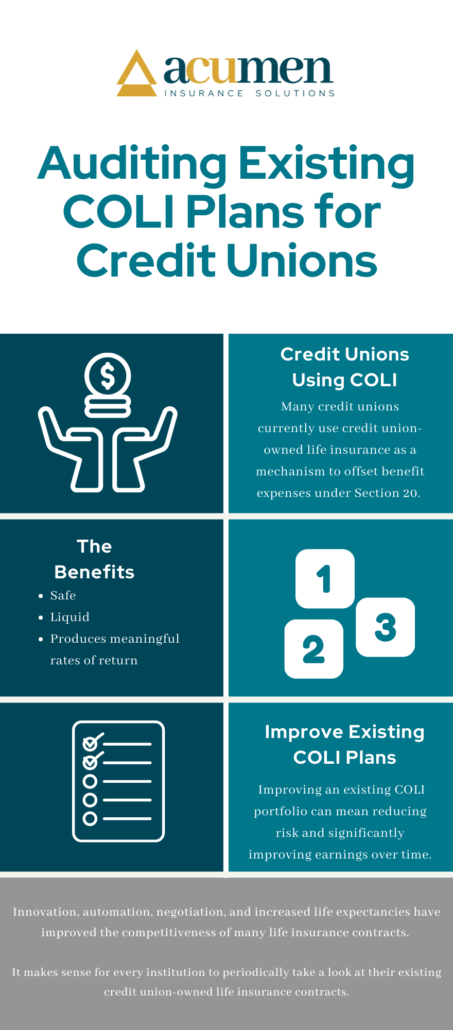Using CUOLI to Fund Section 20 and 21
Did you know that credit unions have some unique opportunities to invest in products and services that are typically off-limits? NCUA Sections 20 and 21 allow credit unions to contribute to investments that are typically impermissible, including credit union-owned life insurance (“CUOLI” or “COLI”).
This can be a great way for credit unions to diversify their investment portfolios and grow their assets. In this blog post, we will discuss Sections 20 and 21 in more detail and explain how credit unions can take advantage of these provisions!
The Current Investment Environment
Today’s investment landscape isn’t promising and is characterized by:
- Investment return volatility
- Low interest rates
- Declining loan demand
- Concerns about an economic recession
So, what’s the solution for credit unions that are trying to maximize returns? Credit unions must look to investments that minimize volatility, maximize predictability, and maximize flexibility. The solution is using credit union-owned life insurance (“CUOLI” or “COLI”) to fund Sections 20 and 21.
Under Sections 20 and 21 of the call report required by the National Credit Union Administration (NCUA), credit unions are permitted to allocate funds to “otherwise impermissible investments.” This includes credit union-owned life insurance for certain specialized and important purposes.
Let’s talk more about using CUOLI to fund Sections 20 and 21 below.
Sections 20 and 21 of the (NCUA) Act
Sections 20 and 21 allow credit unions to invest in certain products and services that are typically not allowed. This includes credit union-owned life insurance (“CUOLI” or “COLI”). CUOLI can be a great way for credit unions to diversify their investment portfolios and grow their assets.
There are many benefits to investing in CUOLI, including:
- Diversification: By investing in CUOLI, credit unions can diversify their portfolio and reduce risk.
- Asset growth: CUOLI can be a great way for credit unions to grow their assets.
- Protection from creditors: CUOLI can help credit unions protect their assets from creditors in the event of bankruptcy.
- Death benefit: CUOLI policies typically have a death benefit that can be used to pay off debts or fund other expenses.
Section 20
Section 20 of your quarterly call report addresses the types of assets a credit union may use to pre-fund employee benefits (i.e. health insurance and executive compensation plans).
With costs of employee benefits rising, however, using these safe and higher-yielding investment options to offset them allows more of the credit union’s assets to go to member initiatives.
Most state regulators allow credit unions to allocate up to 25% of net worth to pre-fund employee benefit expenses in Section 20.*
Section 21
Charitable giving is at the core of most credit union missions.
Section 21 addresses the types of assets a credit union may use to fund its charitable donation account (CDA). In most states, credit unions can pre-fund CDAs with up to 5% of net worth under Section 21.*
Therefore, charitable donation accounts give your credit union the ability to give more efficiently.
Using Credit Union-Owned Life Insurance to Fund Section 20 and 21
When looking at these assets, credit union-owned life insurance can offer marked benefits, enhance stability, and provide higher yields when compared to the types of assets that regulators consider “otherwise impermissible,” which include:
- Life insurance
- Securities (mutual funds, stocks, ETFs, bonds)
- Annuities
What is Credit Union-Owned Life Insurance?
For those who are not familiar with credit union-owned life insurance, it’s very similar to what has been used by commercial banks for over 40 years. In fact, 86% of the top 50 banks in the United States use bank-owned life insurance (BOLI) as an asset to offset employee benefit costs.
In addition to pre-funding benefit expenses and mitigating key-person risks, commercial banks have used these types of assets as an investment tool that offers a very competitive rate with strong levels of safety and liquidity.
Funding Section 20 and 21 Using Credit Union-Owned Life Insurance
Most state regulators* allow credit unions to place up to 25% of their net worths in Section 20 assets and up to 5% in Section 21 assets, with a number of specific caveats. One, for example, is that no more than 15% can be allocated to a single life insurance carrier when using CUOLI.
Interested in learning more? We’ve just recently conducted a webinar where we:
- Compared CUOLI vs. Other Alternatives
- Walked through FASB ASU 2016-01 and Mark-to-Market accounting impacts
- Discovered how to restructure existing CUOLI policies to increase yields
- Discussed the flexibility options and liquidity benefits of institutional life insurance policies
Fill out this contact form for more information on the full “Using CUOLI to Fund Section 20 and 21” webinar. Or, check out this blog post, “Section 20 vs. Section 21: What’s the Difference?“
*Check your state’s regulations to verify the CUOLI capacity percentages.



















